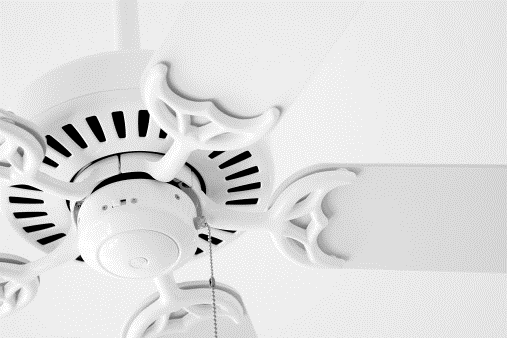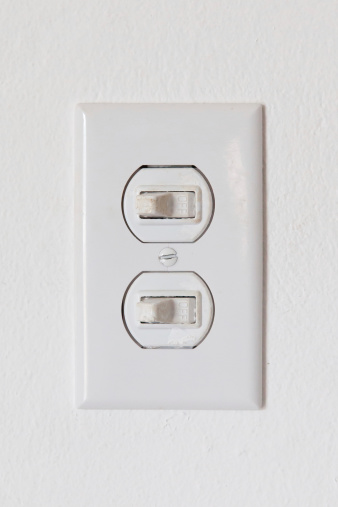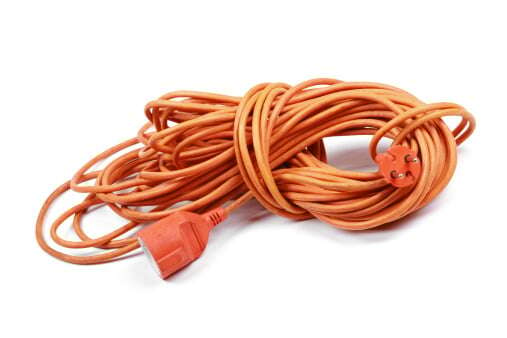 We can trace the path of electricity from faraway transformers to the lamp that sits on a family room table. It sometimes seems as though a little bit of magic is involved in the journey, too.
We can trace the path of electricity from faraway transformers to the lamp that sits on a family room table. It sometimes seems as though a little bit of magic is involved in the journey, too.
We obviously rely on electricity every day, and it usually responds when we flip a switch or plug in a device. But still: it is not a perfect commodity. Sometimes it requires a little magic – and human intervention – to work flawlessly.
You may know exactly what we mean if your dimmer switch or fluorescent light is buzzing and it's driving you to the brink of distraction. Once you know why your light is buzzing, you can take the proper steps to remedy the problem – and execute a quick electrical repair with a magical touch.
Dimmer switches
If you've recently installed a dimmer switch, you already have brought a little magic into your home by modifying the light to suit your mood and comfort level. When you lower the switch, it certainly appears that the amount of light in the room is being reduced. In fact, the dimmer is actually turning the light on and off rapidly – and perhaps up to 120 times per second – to create the illusion of dimmed light.
Unfortunately, this little optical magic trick can sometimes cause the filament in the bulb to vibrate, which creates the buzz that you're hearing. Try one or all of these strategies to eliminate the annoyance:
- Upgrade a cheaper dimmer to a high-end model that can absorb the jolts of electricity and, specifically, one that contains an LC filter. When it comes to dimmer switches, you get what you pay for.
- Switch the light bulbs to “rough service” bulbs, or the type designed for ovens and refrigerators. They usually have solid supports for the filaments, meaning that they won't vibrate as much.
- Reduce the wattage of the bulbs, which will lessen the load they require and might (yes: only “might”) eliminate the buzzing sound.
- Cut tiny squares of rubber – from a tire patch or rubber glove – and insert the squares between the mounting flange screws and the glass bulbs for a quick and nifty electrical repair.
Fluorescent lights
Whether you love the look or not, fluorescent lights are more efficient than incandescent fixtures. But they too can buzz, particularly if the ballast is failing. (And if the light flickers or won't turn on at all? The ballast is the likely culprit.) The ballast provides the power boost so that a light “powers up.”
Check the owner's manual for your fluorescent light to see what type of ballast you need. The only change you might wish to make is buying an electronic ballast since it will be quieter (and more efficient) than a magnetic ballast. Then proceed to:
- Turn off the power to the light circuit at your home's electrical panel.
- Remove the fluorescent lamps and the access panel on the fixture. Disconnect the black and white wires from the power supply.
- Clip the three pairs of wires stemming from the ballast; you should find two blue, two red and two yellow wires. Reconnect the leads on the new ballast with wire nuts, which should enable the light to work properly – and without a buzzing noise – once again.
Fixing a buzzing light may be an electrical repair that you can do yourself – but only if you feel comfortable and confident. If you don't, contact a licensed electrician at Experts In Your Home in Chico to replace the light for you. We are experts in your home and ready to use our magic!
To learn more about how Experts In Your Home can help you stay safe in your home, download our free offer below.








